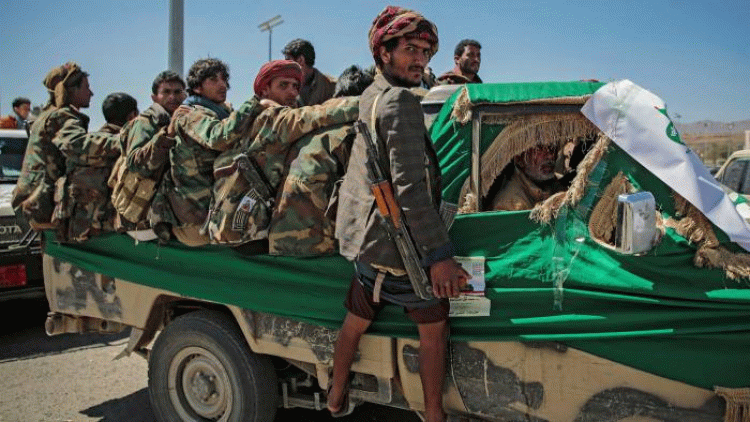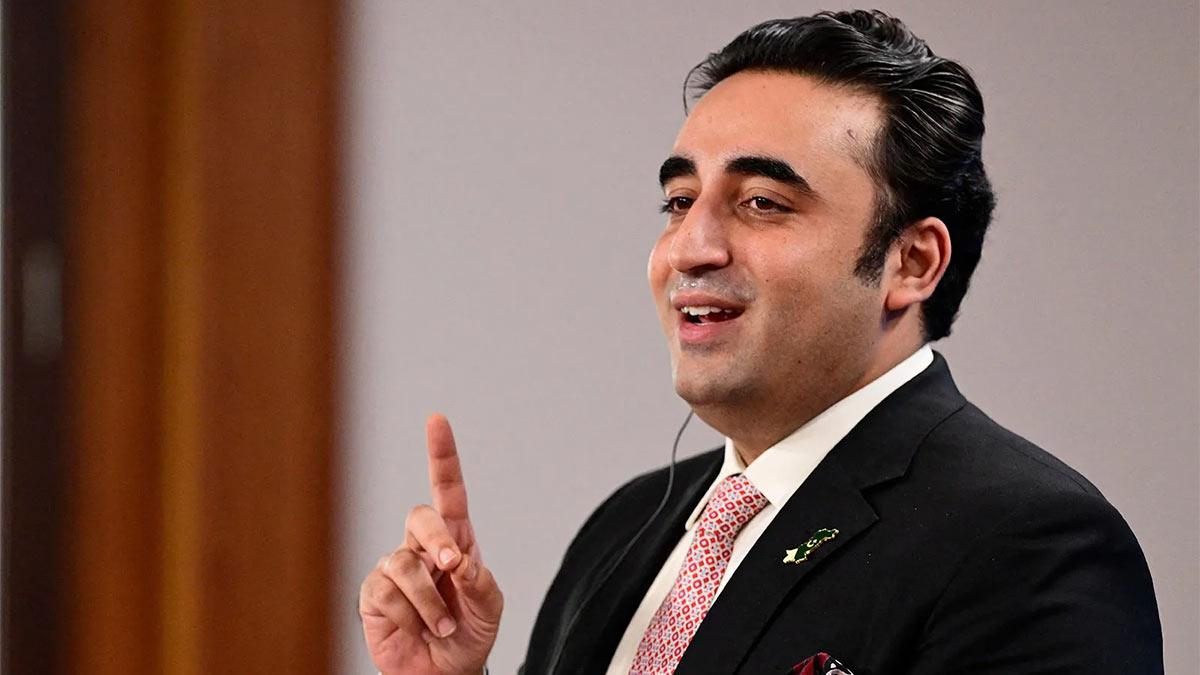Yemen’s Houthi rebels have claimed responsibility for the drone attack last week on three petroleum tanker explosions near state oil firm ADNOC’s storage facilities in the industrial area of Musaffah in the UAE capital, Abu Dhabi. This attack caused three casualties, including two Indian nationals. On Monday, the UAE intercepted and neutralised another attempt by destroying two ballistic missiles launched by Houthi rebels. This is not the first time that the Houthis have attempted cross-border attacks. Back in September 2019, two oil pumping stations in Saudi Arabia targeted in an act of “terrorism and sabotage,” which had sent oil prices soaring. The attacks are said to be in response to the airstrikes by the Saudi-led military coalition (of which UAE is a member) which has been carpet-bombing the Houthis in Yemen since 2015. Given the region’s importance in global energy security, it becomes pertinent to understand the history of the Yemen politics, the emergence and relevance of Houthis in civil war and why is the Saudi-led coalition dropping bombs across Yemen:
1. Prior to its unification in 1990, Yemen existed as two different sovereign states, North Yemen (Yemen Arab Republic) and South Yemen (People's Democratic Republic of Yemen). North Yemen was an Ottoman colony and South Yemen was a British Protectorate. The border between the two entities was established by the Anglo-Ottoman convention 1913.
2. Major parts of North Yemen were historically ruled by the “Imams of Yemen” or “Kings of Yemen.” These belonged to the Zaidi sect of Shia Islam. They are different from the Twelver Shias which are predominant in Iran, Iraq and Lebanon. Zaidis derive their identity from Zaid ibn Ali, the great grandson of Ali. He was worshipped as someone who fought against corruption and injustice. This explains why the civil war in Yemen is being fought along the lines of social justice and personal ambitions rather than sectarian differences.
Also read| No guarantee that future Covid variants will be less severe: WHO
3. The revolution of 1962, inspired by Arab nationalism and backed by the then Egypt President Gamal Abdel Naseer, overthrew the Mutawakkilite Kingdom rulers and established a republic under the leadership of a revolutionary, Abdullah Sallal, a Zaidi himself. This was followed by a civil war till 1970 where the deposed royals (Imams) were backed by Saudi Arabia. The next decade witnessed two Yemenite Wars (North v/s South Yemen) in 1972 and 1979 which culminated in the Kuwait Agreement which reaffirmed both sides’ commitment to unification. The official reunification took place in 1990 under the guidance of North Yemen President Ali Abdullah Saleh. He was the first President of the United Republic of Yemen.
4. Saudi Arabia, as already mentioned, has a history of political and social intervention in Yemen. In the 1980s, it funded a lot of Sunni/Salafi religious institutions in the erstwhile North Yemen which irked the local Houthis, which are concentrated in the present-day northern province of Saada in Yemen. They constitute 25 percent of Yemeni populations and are socially and politically an active group. In response to this cultural invasion by Saudi Arabia, they began to revive their religion under the leadership of Badreddin al Houthi.
4. The unification of Yemen coincided with the end of the Cold War and the leadership in Yemen grew close with the Saudi (and the U.S.) dispensation for economic and military aid. The Saudis wanted stability on their southern border as well as wanted to preclude any attempts by Shia Iran to establish influence in the country. The Saleh government backed the US-led invasion of Iraq which the Houthis termed as unjust and hence galvanised themselves in an armed political conflict against his government. They accused his government of being morally corrupt by backing the invasion as well as of receiving funds from the coalition.
5. Saleh held to power precariously until the Arab Spring of 2011 which saw Saleh being ousted from power and democracy being established. Even though the Houthis were part of a nation-wide dialogue to chart out the course of politics and governance, they were unhappy with the outcome as they feared the new governance structure would reduce their political autonomy. The new President (backed by the Saudis), Abd Rabbu Mansour Hade, a Zaidi, had trouble governing the country. He could not reduce corruption, terrorist attacks by Al Qaeda and the rising fuel prices added to domestic instability.
Also read| Saudi-led airstrikes hit military camp in Yemen's Houthi-held capital
6. The Houthis joined hands with once enemy (ex-Pres) Saleh and launched an attack on the Hade government in Sanaa. Hade fled to Saudi Arabia and the Houthis captured Saana. The Saudis, fearing the prospects of instability overflowing into their own society as well as Iran gaining major political influence in the country, formed a coalition of ground and air forces belonging to Egypt, Morocco, Jordan, Sudan, the United Arab Emirates, Kuwait, Qatar, Bahrain, backed by the US, the UK and France. The air strikes and associated aid-blockade has created a massive humanitarian crisis in Yemen with at least 24 million people said to be dependent on some kind of aid. Last year, the UN said that Yemen will kill 377,000 people by the end of 2021.


















